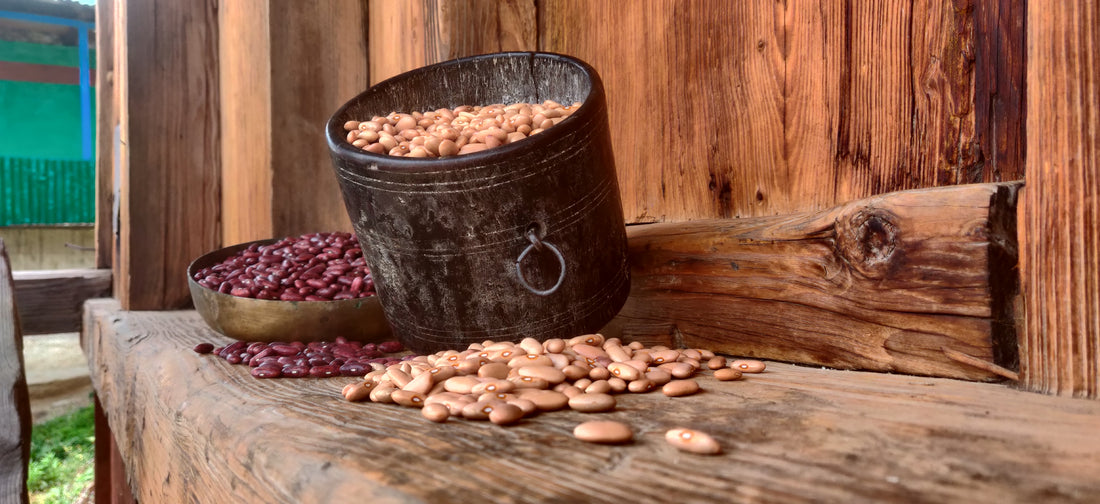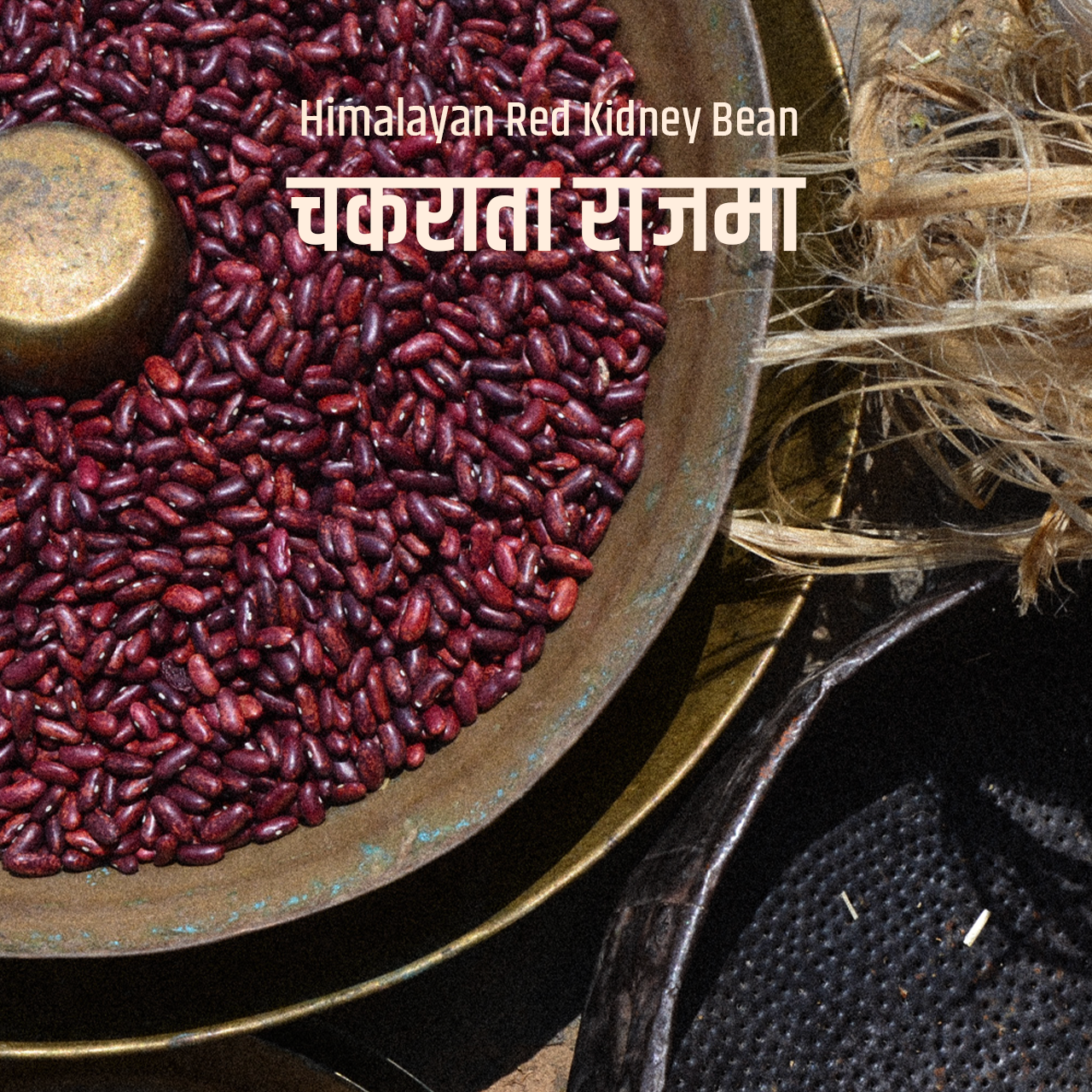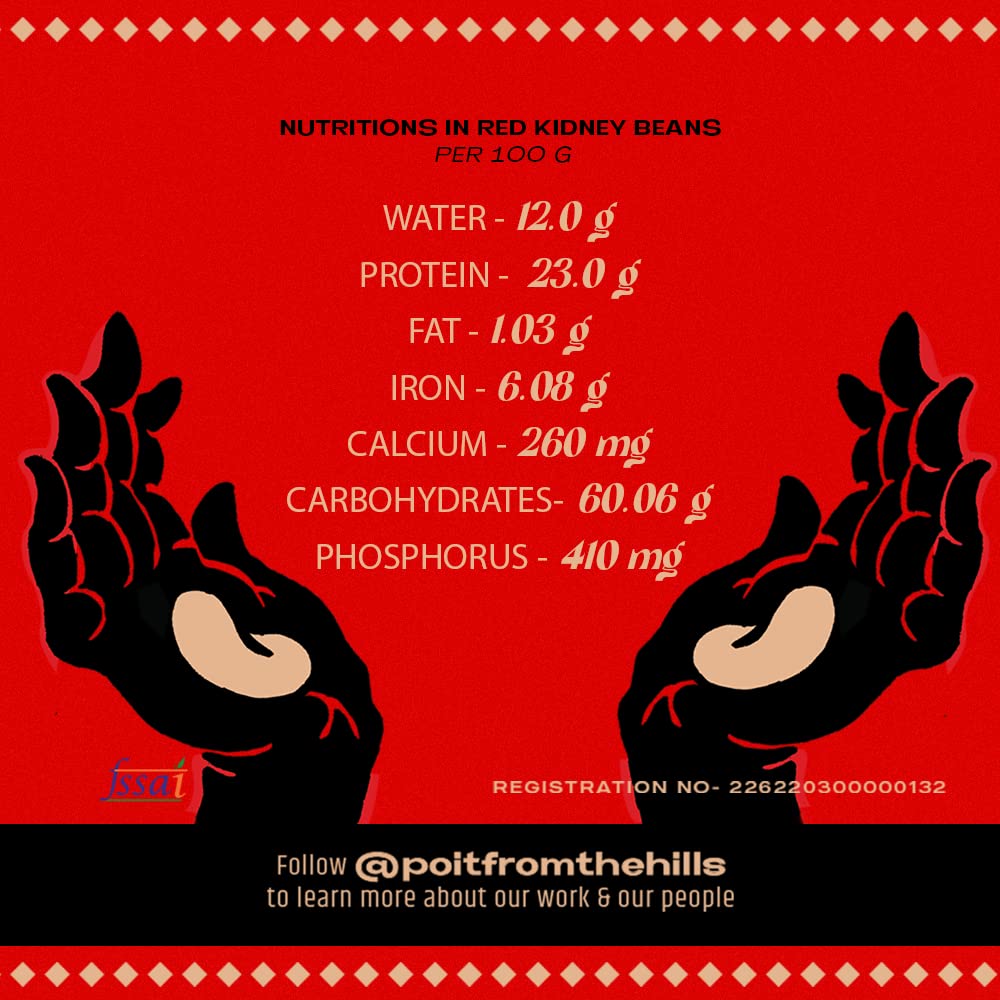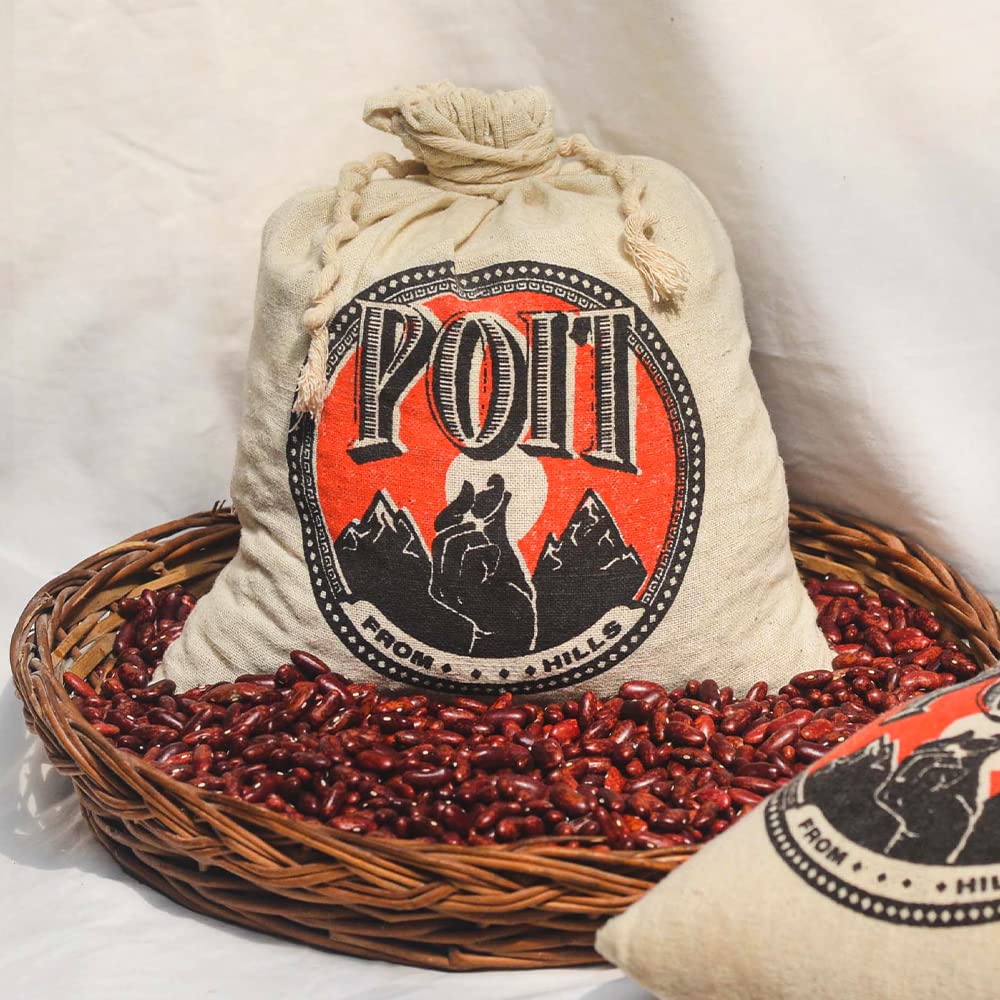
Pahadi Rajma vs Plain Rajma: Why Himalayan Kidney Beans Are Superior
Poit From HillsShare
When someone mentions rajma, the first image that comes to mind is the red, matte, shiny kidney beans seen in markets everywhere. Whether packaged or sold openly, these beans are available in retail stores, grocery outlets, and online platforms like Amazon, Blinkit, and Instamart. These are the commercially grown beans, known as plain or regular rajma, which are large, uniform, and easy to recognize. Commercial rajma is widely consumed across India and has a mild taste that easily absorbs the flavors of spices. However, it doesn’t offer a distinct flavor of its own—unlike Pahadi Rajma, the kidney beans grown in the Himalayan hills.

Rajma, or kidney beans, is a staple in many Indian households, but not all rajma varieties are the same. Each type varies in flavor, size, and texture based on where and how it’s grown. This blog focuses on Pahadi Rajma, also known as Himalayan Kidney Beans, and why this small-scale farm produce stands out in terms of taste, richness, and nutritional value when compared to regular red kidney beans from the plains.
Nutritional Differences: Pahadi Rajma vs. Plain Rajma
While commercial rajma is a good source of protein, fiber, and other nutrients, it lacks the depth of flavor and nutritional richness found in more specialized varieties like Pahadi Rajma. Commercially grown beans are often cultivated with a focus on yield, sometimes compromising taste and quality in the process.

In contrast, Pahadi Rajma, grown in the Himalayan regions, boasts an earthy flavor, a result of the natural, pesticide-free environments where these beans are nurtured. Unlike plain rajma, which absorbs the spices in a dish without adding much of its own flavor, Pahadi beans offer a subtly rich, earthy taste that enhances the overall flavor of any curry or dish they’re cooked in.
The Unique Flavor of Pahadi Rajma
If you’ve ever tried Pahadi Rajma, you’ll immediately notice that not all beans are created equal. The flavor and texture of Pahadi kidney beans are influenced by the pristine mountain soil, fresh water, and slow growth cycles. Regions like Chakrata, Harsil, Joshimath, and Munsiyari are famous for producing rich, nutrient-dense rajma that is firmer and holds up well during cooking.

Commercial vs. Micro-farming!
One major difference between regular, commercially grown rajma and Himalayan Pahadi Rajma is the farming method. Commercial farming tends to focus on maximizing yield, often employing pesticides and synthetic fertilizers that deplete soil quality over time. While this approach boosts production, it compromises the taste and nutritional content of the beans.
On the other hand, Pahadi Rajma benefits from traditional, small-scale farming methods that focus on quality over quantity. The beans are cultivated without synthetic chemicals, ensuring that they retain their natural flavor and nutritional integrity.
Why Small-Scale Farming Matters
Small-scale farmers in the hills practice sustainable farming techniques that have been passed down through generations. These methods preserve soil health, ensuring that crops like Pahadi Rajma absorb maximum nutrients from the fertile, pesticide-free soil. Here’s why this matters:

Soil Health: Micro farmers prioritize soil fertility by using natural pest control methods and crop rotation.
No Monotonous Crop Cycles: Unlike large-scale farms, small farmers grow diverse crops, preventing nutrient depletion.
Environmental Sustainability: The reduced use of pesticides is beneficial for both the environment and consumers. Additional crops like tomatoes and chillies further enrich the soil naturally.

Why Choose Pahadi Rajma?
By choosing Pahadi Rajma from small-scale Himalayan farmers, you’re not just selecting a superior product—you’re supporting traditional farming, promoting biodiversity, and encouraging sustainable agricultural practices. Plus, you get rajma that is rich in flavor and nutrients, elevating the taste of your everyday meals.









